
01
X language: Chinese First Independently Developed National Standard for System Modeling Language
Integrated Intelligent Modeling and Simulation Language --- X Language
In response to the problem that the current mainstream modeling language of MBSE cannot support integrated modeling and simulation at the system and physical level, the Beihang team proposed the X language. Currently, the X language has officially released China’s first national language standard, X Language Architecture for Integrated Modeling Language for Collaborative Design of Complex Products. In terms of the system modeling level, the X language constructs requirement diagrams, use case diagrams, definition diagrams, connection diagrams, state machine diagrams, and activity diagrams to support system design. At the physical simulation level, based on the XDEVS theoretical design, a restricted class that supports continuous, discrete, and intelligent agent hybrid system modeling is achieved. The X language supports both text and graphic formats, which is convenient for the collaborative work of multidisciplinary engineers and more suitable for improving the efficiency of design and simulation through artificial intelligence technology.


02
International Journal: Modeling, Simulation and Scientific Computing (IJMSSC)
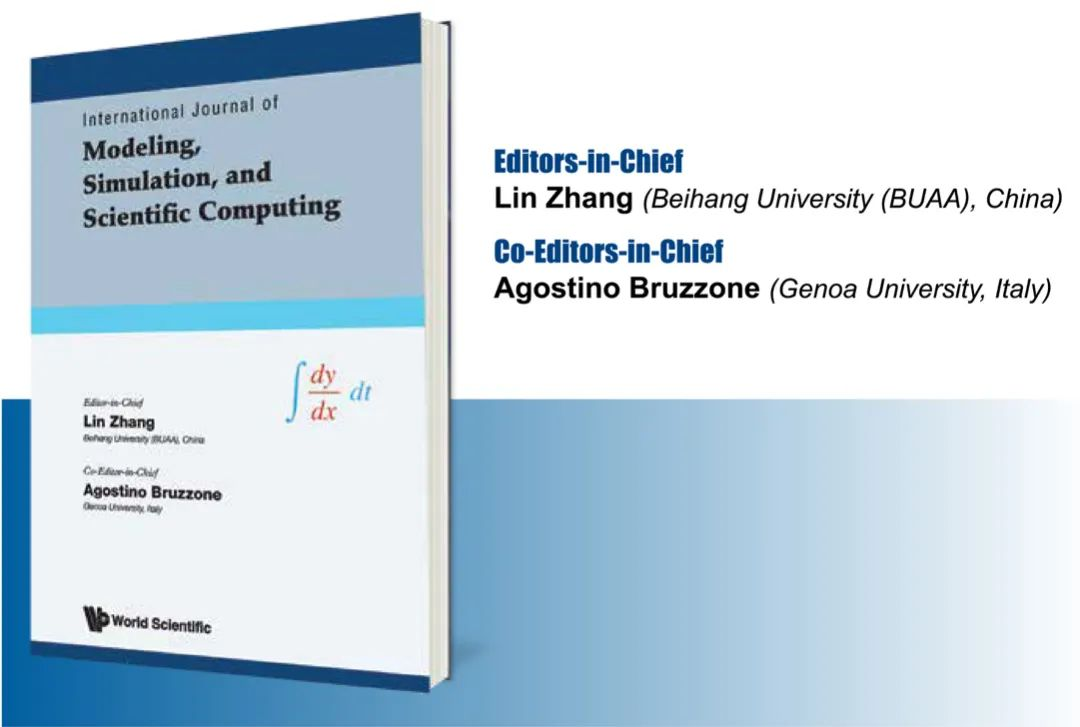
IJMSSC is an emerging ESCI journal focusing on technologies in complex system modeling, simulation, and scientific computing, including system modeling and simulation theory, algorithms, applications, systems. The journal also explores advanced modeling and simulation systems, including cloud computing, the Internet of Things, big data, large models, and digital twin. IJMSSC enjoys a high reputation in the international simulation field.

03
Visualization of Point Cloud-based 3D Scanned Big Data of cultural Heritage
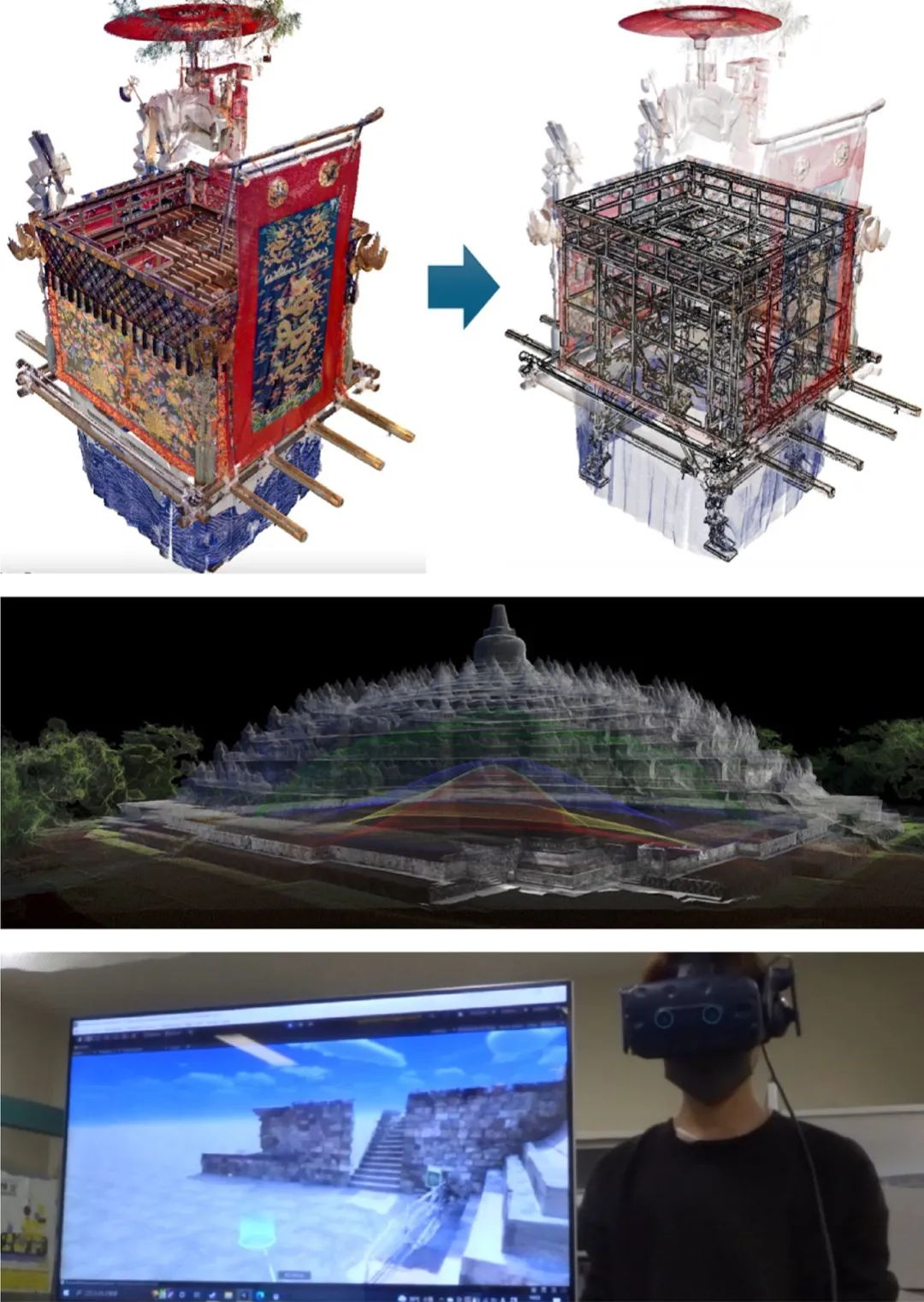
Ritsumeikan University conducts research and development on visualization technology based on point cloud big data obtained through 3D scanning of cultural relics. The team uses the rich information contained in point cloud big data to conduct precise visual analysis of material cultural heritage with large and complex 3D structures. Its work includes high-resolution perspective visualization, edge-enhanced visualization that significantly improves structural visibility, integrated visualization that combines AI-based 3D reconstruction of 2D photos with 3D scan data, and immersive point cloud-based VR systems.

04
Modeling and simulation based on AI and machine learning
ML/Data Analytics & ABMS
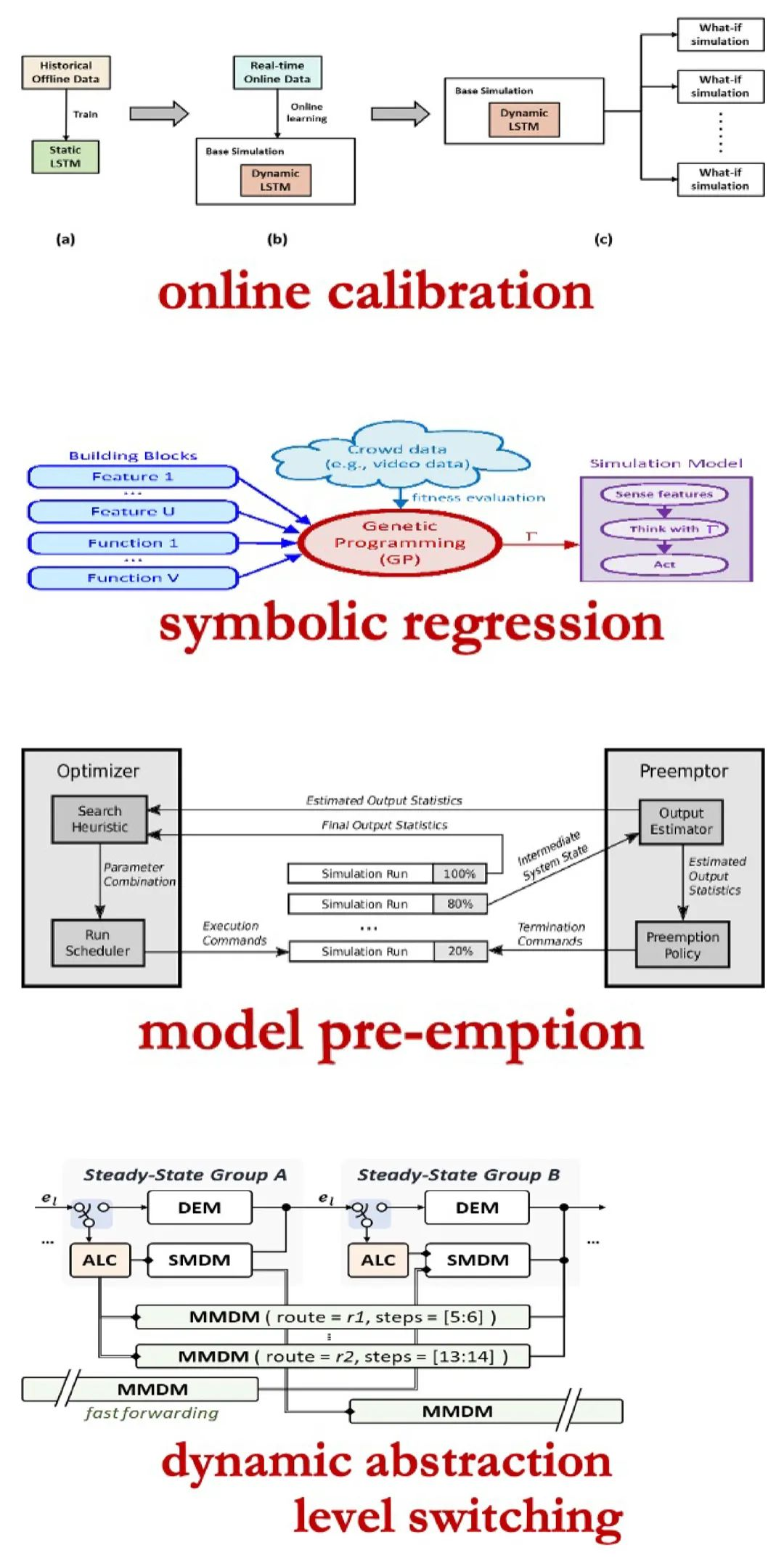
Nanyang Technological University is currently focusing on integrating AI technology into modeling and simulation to help model and analyze complex systems. Many papers at present from the laboratory have won the best paper award at the top international simulation academic conference. The experimental results have been effectively applied to the fields of digital twin systems for traffic decision-making, automatic modeling methods for crowd behavior based on video, and simulation acceleration methods for semiconductor manufacturing processes, and have broad application prospects.

05
Intelligent Digital Reliability
Al & Digital-driven New Reliability Paradigms
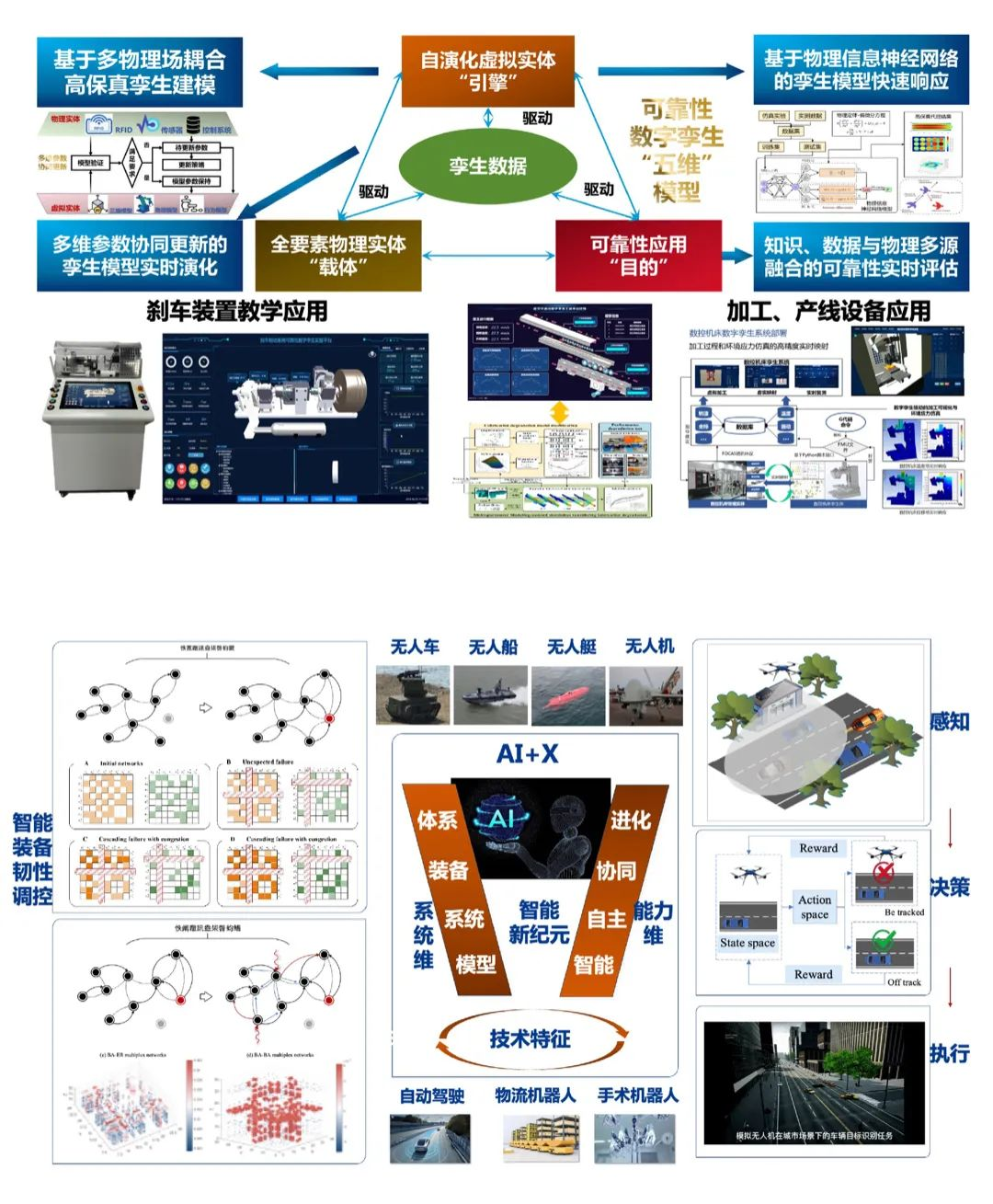
In response to the demonstration, design and operation and maintenance needs for equipment reliability in the digital engineering era, we empower reliability system engineering through technologies such as digital twin, AI simulation.Our approach involves building a reliability digital twin model and an AI reliability technology system that spans autonomous system,single equipment,swarm. This enables us to develop capabilities like fault mechanism and evolution analysis, multi-level high-fidelity modeling, efficient reliability simulation evaluation, and cluster resilience regulation. We have developed an internationally advanced and domestically leading digital and model-based reliability design and verification platform, which has been applied in marine, land and air equipment and key equipment. It supports the development of reliability technology towards a new paradigm of modeling, simulation and intelligence.

06
Digital Lunar Research Station
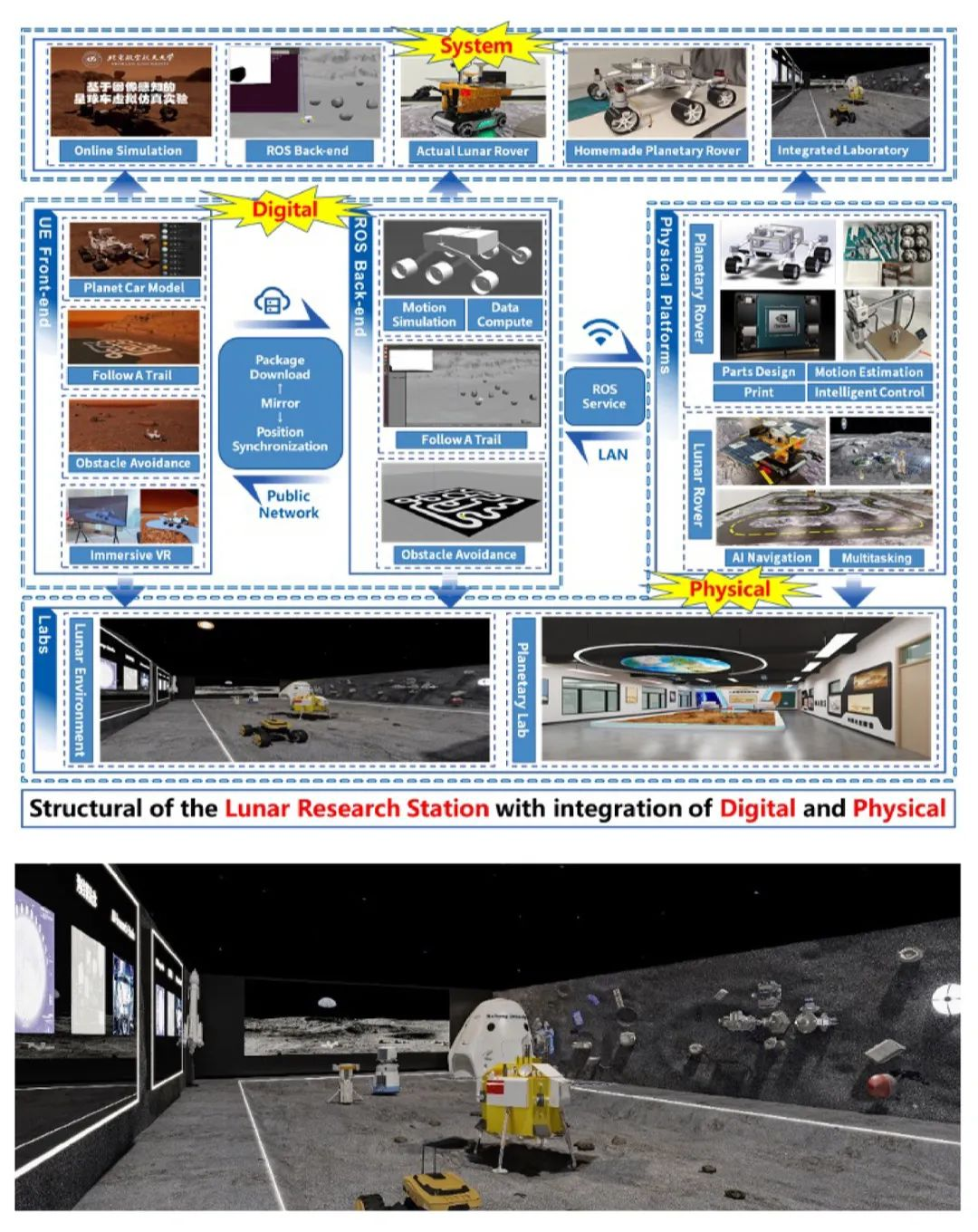
The moon has always been the first choice for human space exploration, and we are currently in a new stage of returning to the moon. China has proposed the International Lunar Research Station Plan to join forces with multiple countries to build a long-term, stable platform on the moon to carry out multidisciplinary, multi-target scientific research activities. Chang’e 8 is scheduled to be launched around 2028, and will form the basic model of the lunar research station together with Chang’e 7 and others to carry out basic scientific research such as lunar surface observation and geological research. Leveraging ASIASIM and guided by the mission of the Digital Lunar Research Station, we aim to integrate digital and real-world approaches using model-based system engineering and other methods. This integration will enhance scientific research in international aerospace engineering and contribute to the development of highly innovative talents. Furthermore, it will deepen international cooperation in simulation technology. This initiative will promote the integration and innovation of simulation technology across production, education, research, and its practical applications.

07
The Computer System for High Efficiency Modeling and Simulation

Beijing Simulation Center has developed a high-performance simulation computer system, which is aimed at high-end simulation users and massive user groups as well as the application needs of virtual/construction/real installation simulation. It integrates emerging modeling and simulation, information communication, intelligent science and application fields and other technologies to provide users with simulation resources and capabilities that can be obtained on demand anytime and anywhere, thereby carrying out “simulation system engineering” in an efficient, low-cost and collaborative manner. The high-performance simulation computer system is an independent innovation infrastructure in the field of complex system simulation technology in the computing power era. It has been promoted and applied to the design process of multiple complex products and has broad application prospects.

08
D-SIMLAB Technologies
Simulation and Optimization for Semicon and Aerospace
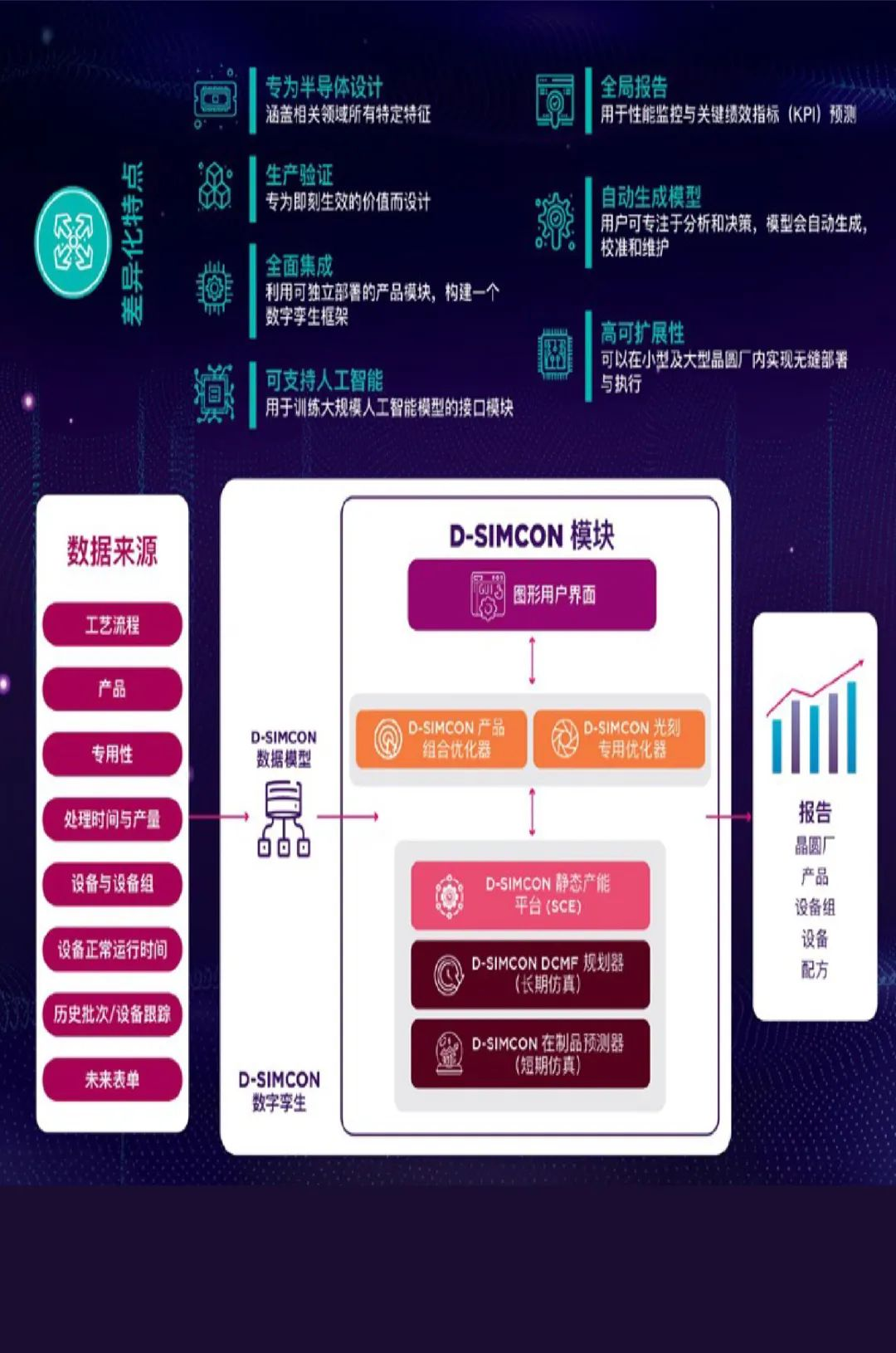
D-SIMLAB Technologies, a subsidiary of the Singapore government’s A*STAR (Agency for Science, Technology and Research) , is focused on providing innovative simulation-based and optimization products to improve the production capacity of customer companies. The flagship product D-SIMCON consists of a comprehensive and advanced set of professional decision support product modules, tailored to the unique needs of the semiconductor manufacturing industry. D-SIMCON empowers companies with advanced productivity through advanced functions such as capacity planning and optimization, WIP management, and scheduling and dispatching. It is specifically designed to address the complex challenges of dynamic production line operations in semiconductor manufacturing plants, and related solutions have been applied in world-class semiconductor companies.
Ms. SUN Tel: +86-13588210860







